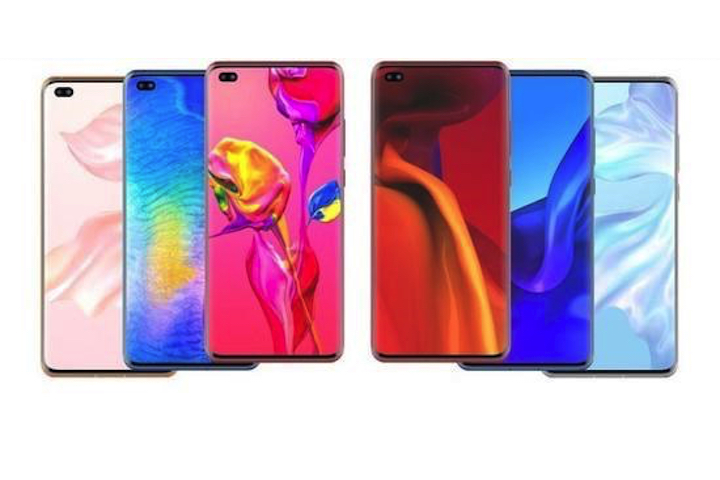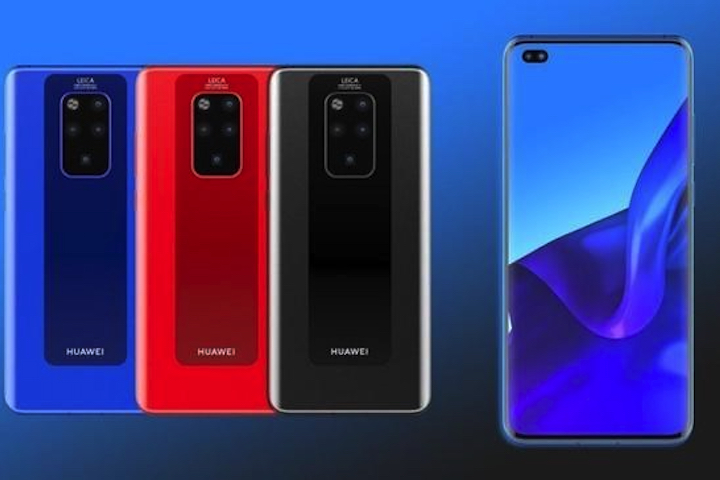The next entry into Huawei’s Mate series is most likely going to be called the Mate 30, and include a Mate 30 Pro model, with previous experience telling us it will be revealed during the second half of 2019. Huawei is in the midst of battling a ban by the U.S. government, but this has not stopped rumors and leaks giving us an idea about the Mate 30.
This is what we know about the Huawei Mate 30 and Mate 30 Pro so far.
Camera
Huawei’s flagship phones have become known for their extremely strong cameras, and we’re expecting the Mate 30 and Mate 30 Pro to be no different. However, the Mate 30 Pro may be sporting a type of
But it’s the “Cine-Lens” trademark that’s the most interesting, and it likely refers to a cinematic lens — a lens that specializes in capturing video, and especially high-speed movement. This kind of lens is extremely expensive, so its more likely the Mate 30 Pro’s will be a modified version of a photography lens. Still, with Huawei’s high camera standard, we’re excited to see what it puts out.
Otherwise, the camera on the rear may echo what we have seen in the P30 Pro, and come equipped with a strong 50x digital zoom and a 5x optical zoom feature.
Design
What will the Mate 30 Pro look like? A series of renders of the possible design shows the phone with an evolution of the Mate 20’s square
Around the front, the Mate 30 Pro may share some similarities with the Samsung Galaxy
Specification
We do know there may be a 5G version of the Mate 30, as Huawei Business Group’s chairman Richard Yu said so in an interview with Digital Trends earlier in 2019. The
The only other specification rumor so far concerns the battery, which may have a 4,200mAh capacity and Huawei’s new 55W SuperCharge system, which will debut on the Mate X folding phone.
Release
When will the Mate 30 and Mate 30 Pro arrive? This is not known yet. The Mate 20 series launched in October 2018, so we expect the sequel to arrive around the same time this year. However, the uncertainty around Huawei’s business situation, due to the current U.S. ban on trade with the company, makes where it will launch and with what software onboard difficult to speculate about.
In China, smartphones do not have Google services installed and run modified versions of Android. This would make releasing a new phone easier in mainland China at first, if the situation has not been resolved. Additionally, Huawei is working on its own mobile operating system, but this is not expected to be available until 2020.
We will update you on the Mate 30 series here, as more is leaked or revealed.
Updated on July 18, 2019: The Mate 30 Pro may have a special cinematic lens.




